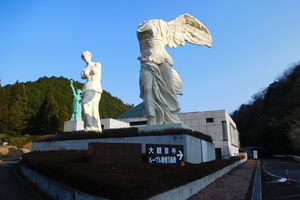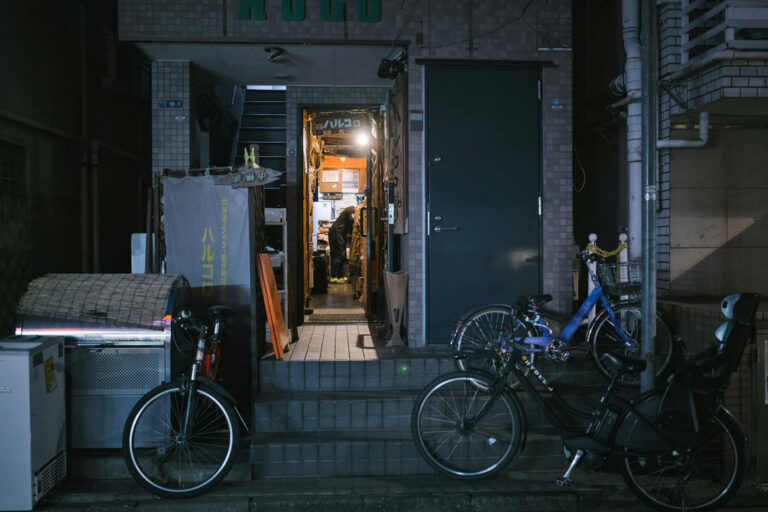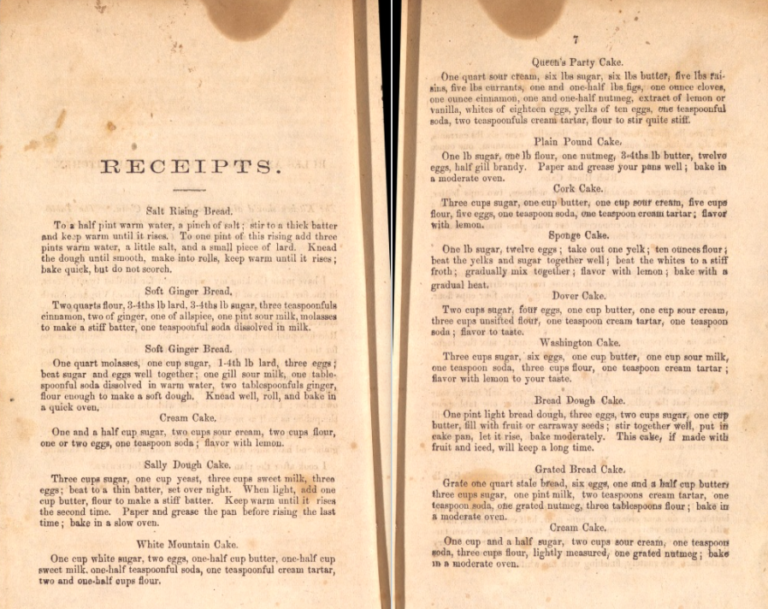Japon Louvre Sculpture Museum in Tsu, Japan

The world-famous Louvre Museum has a couple branches outside Paris, namely in Lens and Abu Dhabi. There is also an officially sanctioned “sister” museum in Japan, however, albeit of a somewhat different kind.
The Louvre Sculpture Museum opened in the city of Tsu in 1987, privately funded and founded by a Buddhist priest and entrepreneur named Yūjiro Takegawa. Greatly impressed by the Louvre in Paris, Takegawa negotiated with the museum over and over until it finally gave him its approval on his 17th visit to France. He had the building designed by famed architect Kisho Kurokawa, best known for his role in the Metabolist movement and construction of the Nakagin Capsule Tower.
The museum exhibits over 1,300 replicas of famous sculptures from the Louvre and other museums across the globe, such as the Venus de Milo, Winged Victory of Samothrace, Townley Discobolus, the gold mask of Tutankhamun, and the Statue of Liberty. Atop the building is a glass pyramid that resembles the one created by I. M. Pei that stands outside the Louvre in Paris. Only one work here is original, and it’s quite impressive in its own right: one of the few existing statues of Senju-Kannon, the thousand-armed Buddhist goddess of mercy.
The museum’s unique features aren’t limited to its status and exhibits, but also its location. It was built within the grounds of Hōjuyama Daikannon Temple, also founded by Yūjiro Takegawa, which itself is known as a theme park of a Buddhist temple. It’s filled with elaborate sculptures, from various forms of Buddhas to folkloristic creatures such as demons and water goblins. The temple is most notable for its 33-meter-tall Kannon statue made of pure gold, towering over trees and everything around it.





